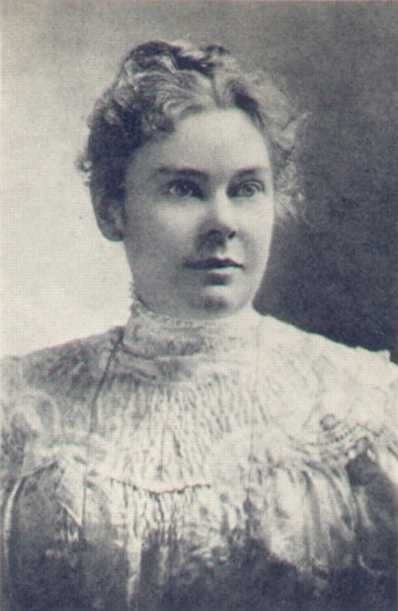Deviance, the violation of social norms, isn’t an inherent trait but a learned behavior shaped by social interactions and environmental factors. This article delves into the sociological theories explaining how individuals learn deviance, emphasizing the role of socialization, labeling, and societal power dynamics.
Learning Deviance: The Role of Socialization
Edwin Sutherland’s differential association theory posits that deviance is learned through interactions with others who model and provide opportunities for deviant behavior. The closer the relationship and the more frequent the interaction, the greater the influence. This learning process encompasses techniques for committing deviant acts and the specific motives, drives, rationalizations, and attitudes that accompany them. For instance, a teenager whose peers engage in underage drinking may learn to view this behavior as acceptable and adopt it themselves.
The Impact of Labeling on Deviant Identity
Labeling theory emphasizes how societal reactions to rule-breaking shape an individual’s self-concept and subsequent behavior. Primary deviance refers to initial norm violations that don’t significantly impact self-image. However, if these actions are labeled as deviant by others, it can lead to secondary deviance, where the individual internalizes the label and adopts a deviant identity. This process can culminate in a master status, where the deviant label becomes the individual’s defining characteristic. For example, a student repeatedly labeled a “troublemaker” might internalize this label and engage in further disruptive behavior.
Societal Power Dynamics and the Construction of Deviance
Critical sociology examines how social inequalities influence the definition, detection, and prosecution of deviance. The power elite, a small group holding significant power and resources, plays a crucial role in shaping societal norms and defining what constitutes deviance. This perspective suggests that laws and the criminal justice system disproportionately target marginalized groups while often overlooking the harmful actions of the powerful. For instance, corporate crimes, despite their significant financial and social harm, often receive less scrutiny and punishment compared to street crimes.
Examples of Learned Deviance
Howard Becker’s study of marijuana users illustrates the social learning involved in deviance. He observed that becoming a regular user required learning the proper smoking technique, recognizing the effects of being high, and learning to enjoy the sensations. These stages involved social interaction and guidance from experienced users, highlighting the learned nature of deviance.
The Complexity of Defining Deviance
Defining deviance is complex, as societal norms vary across cultures and historical periods. Acts considered deviant in one context might be acceptable or even encouraged in another. Furthermore, the labeling process itself is influenced by power dynamics and social biases. This complexity underscores the importance of sociological perspectives in understanding the multifaceted nature of deviance and how it is learned.
Conclusion: Deviance as a Social Construct
The sociological perspective on deviance highlights its learned nature, emphasizing the powerful influence of socialization, labeling, and societal power structures. Deviance is not an inherent quality but a social construct shaped by dynamic interactions and learned behaviors. Understanding these processes is crucial for developing effective strategies to address social problems and promote a more just and equitable society.
